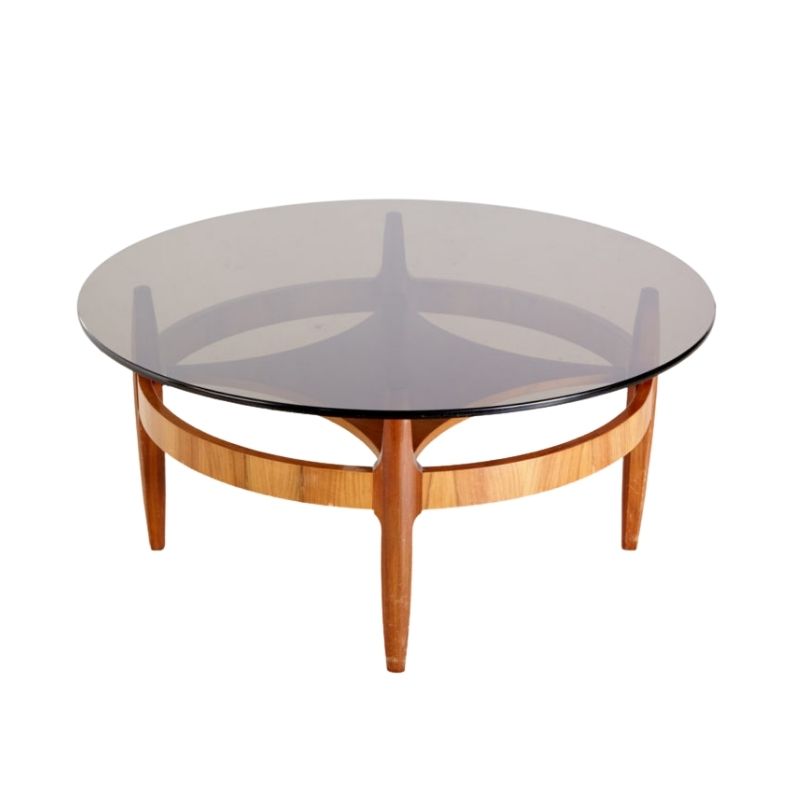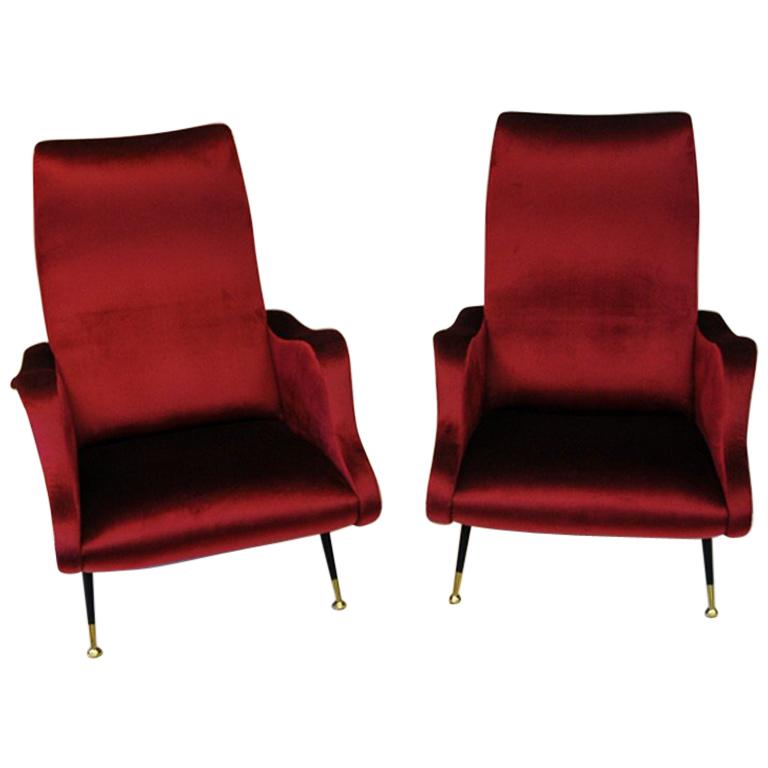I do not know yet....
why I want to add yet another point of view, but I guess that's part of the addiction. DC wrote down most of what could be said. I only have to read it a few more times to see all the colors.
The part that I find most interesting is the part were one has to ask the question, why? Not why was the modernist mouvement too purist or why expressing superficial historical references, or humour, or meaningless ornamentation in a building that will probably stand for another 75 years, not why is it that we seem to be unable to learn from the mistakes of dogmatism, but why do we have to oppose it by radical changes instead of the more effective way which is to promote those changes that are necessary and maintain what has proven to be valid. I agree with DC that there is an obvious lack of humour in most modernist expressions, but as early as the first years of the sixties this obvious lack of "human" sensibilities was recognized and discussed in many design and architecture schools. The willingness to do something about it without losing the achievements of modernism was obvious. Well before Las Vegas became the norm, designers and architects were thinking about a much wider concept of "function", an understanding of function that would include the need to express the complexity of our relationship with products and environments. It is unfortunate but we choose, as many times before, the more spectacular way, which is to turn against the recent past, to try to destroy it and to build on it's ashes. I do not know if there is a way of picking up where we left off. I wish there was. I wish we could do what is common in science: non destructive analysis. It seems that in design we are still at the stage were we have to destroy in order to understand.
.
perhaps historically we are trying to see too much too soon, any great period has spanned centuries, when speaking of design we're in the middle of something quite spectacular. I say wait and see and buy and design the best in the meantime, if we can scrape through the next few decades with some dignity and our environment and technologies intact then we will be able to do really great things.
Star Trek replicators!
Afterthought, if you've got an object that is 99% percent modern with some bit of parastic whimsy stuck on it why do we credit the object with being post modern when for all intents and purposes its not? The two ideologies have a parastic not symbiotic relationship.
In thinking
about what Koen wrote (I haven't plowed through all of the previous posts, yet) I wonder if we couldn't find examples, from the 'sixties and early 'seventies, of concrete attempts to "correct the course" -- given that there is evidence of awareness of the problem.
Of course, there are good examples of modernists who consistently delivered solid twentieth-century "fresh thinking" with no lack of humanist content; Frank Lloyd Wright (and many followers), and the entire panoply of Scandinavian designers in all media (quite a coup !), come readily to mind. . .
OK, I took
the dc plunge.
Profound, yet bogus. (PM, not dc !) Sounds like the supreme sellout, doesn't it. . .no matter what the alternatives or what our favorite method or mode might be ?
Nice to try to find the good in anything, I agree. . .but sauced-up functionalism is still only half good, when what man needs, in good times or bad, is the best that we can be and do and make -- isn't it ?
I certainly think that wit belongs in all our endeavors, lest they be dead and dry -- like too much of Modern design but by no means all of it. The Eames chair, Nelson, Wegner, Aalto all show wit in their choices -- thank Heaven. Mies does not -- but at least he meant what he was doing. To advocate purposely NOT meaning what you do is hard to defend, despite Venturi's excellent discourse in the abstract.
To me, PM was, on the whole, a false start in what was undoubtedly a necessary direction. It failed, and the default position was to resume the continuing "warming-up" of modernism, already underway when Michael Graves and Ettore Sottsass had their fun.
In "Joy the the World" Koen espoused the idea that design be "more of an accumulation of creativity than an eternal re-inventing. . .and that we as designers, in order to serve the user better, would be allowed to improve on products without being accused of lack of originality or worse." It has taken us sixty years -- or more, if we go back to the first generations of modernists -- to get the public accustomed to unadorned reality, to the true and the basic, to "good design." PM at its worst capitulated, threw away that progress, when all that was needed was the kinds of quiet improvement already underway. Now we've gotten back on that road, and witty and warm and cool and beautiful and useful objects in all categories are with us again in abundance. Praise be, and good riddance to Postmodern, say I !
If you need any help, please contact us at – info@designaddict.com









